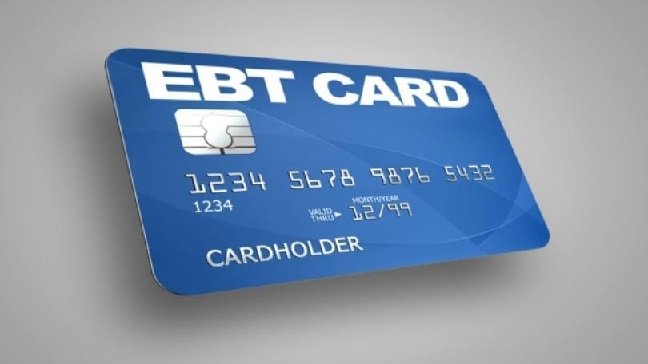The Electronic Benefit Transfer (EBT) system is a modernized way for distributing government benefits to individuals and families. Through this system, users can access nutritional aid and financial assistance directly via a magnetic card. EBT plays a vital role in supporting millions of Americans every day.
What is Electronic Benefit Transfer (EBT)?
Electronic Benefit Transfer (EBT) refers to an electronic system that enables government agencies to deliver financial assistance to eligible recipients. Benefits, such as food stamps (now known as the Supplemental Nutrition Assistance Program, or SNAP) and cash benefits, are provided through this system. Recipients can use their EBT cards at authorized retailers, making the process more efficient and secure than traditional methods.
Recent Changes in Electronic Benefit Transfer Policies
With the growing reliance on EBT systems, several recent changes have emerged. States are continuously improving the distribution processes to ensure efficiency and accessibility. One major update is the expansion of the Pandemic Electronic Benefit Transfer (P-EBT) program, which provides assistance to families with school-aged children affected by the COVID-19 pandemic. Additionally, many states are now working to expand EBT benefits to cover online purchases, making it easier for recipients to shop for essential groceries without leaving their homes.
How Does Electronic Benefit Transfer Work?
The EBT card functions like a debit card. Once a recipient is approved for government benefits, their allocated funds are deposited into an account linked to their EBT card. Recipients can swipe this card at participating retailers to pay for eligible items. For SNAP beneficiaries, this includes food and non-alcoholic beverages. For cash benefits, recipients can also withdraw funds at ATMs.
States Expanding EBT Access
Many states are enhancing the EBT system to provide additional flexibility. Some states have started programs that allow EBT cardholders to purchase groceries online through retailers like Amazon and Walmart. This feature has been particularly helpful for individuals who are homebound or live in areas with limited access to grocery stores. These expansions are part of a broader effort to make government assistance more accessible and equitable.
The Future of Electronic Benefit Transfer
The future of EBT is set to become even more streamlined with the introduction of new technologies. Mobile apps are being developed to provide recipients with easier ways to check their balances, locate retailers, and track their transactions. Furthermore, many experts believe that EBT could expand beyond traditional food assistance programs to include other forms of aid, such as housing or healthcare subsidies.
Challenges and Solutions
Despite its success, the EBT system still faces challenges. Fraud and benefit theft are ongoing concerns. To combat this, states are implementing stronger security measures, such as two-factor authentication and improved monitoring systems. Additionally, efforts are underway to provide better education and resources to help recipients use their benefits more effectively.
Conclusion: Electronic Benefit Transfer
The Electronic Benefit Transfer (EBT) system is a lifeline for millions of Americans, offering much-needed financial and nutritional assistance. With continuous updates and technological advancements, EBT will remain a crucial tool for reducing hunger and poverty. As states work to expand access and improve security, the future of EBT looks promising.
Read More: Exploring iCloud GU: Characteristics, Benefits, and Future Trends
